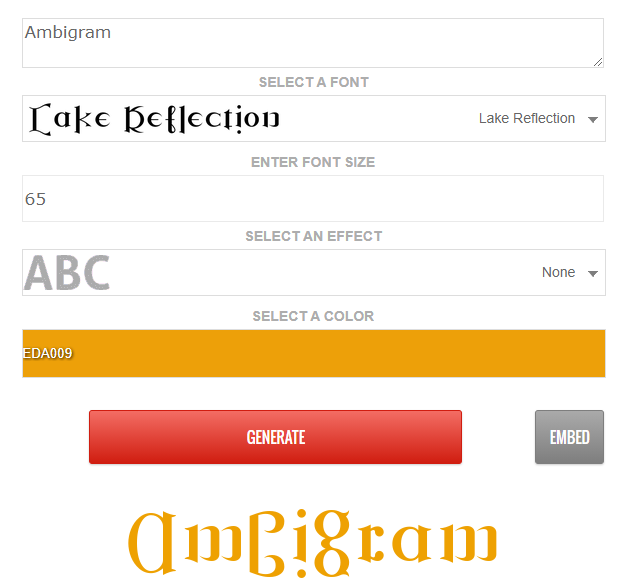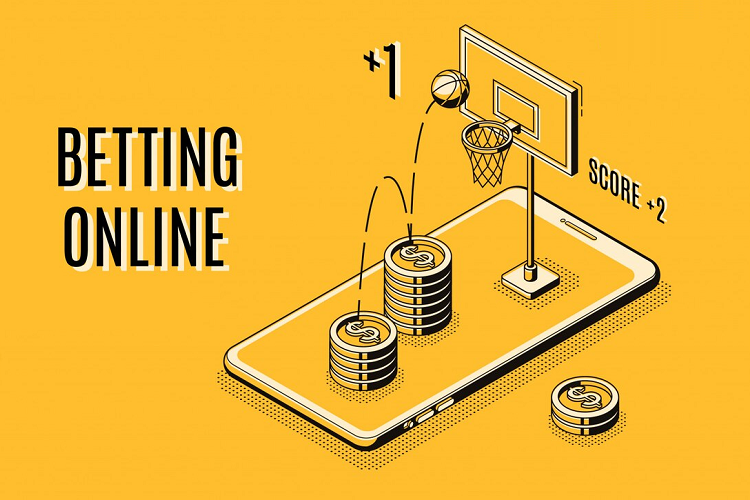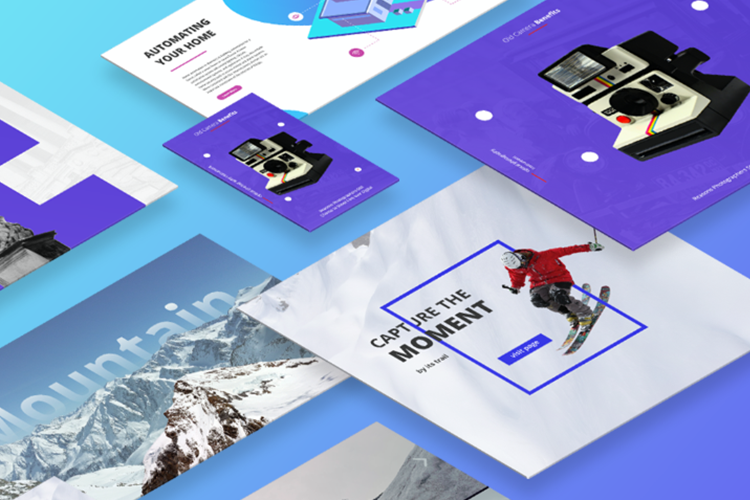The development of mobile applications is penetrating as a phenomenon at the present time at an incredible rate. As the usage of smartphones continues to rise and society demands specific user experience of applications, technologies continue to adapt to the present developments. Here we are discussing in depth about mobile app development trends that are revolutionizing the industry for more innovative applications and better performance.
In this article, readers will get acquainted with the top mobile app development trends that will rule the year 2025 and their importance.
Explore Mobile App Development Market
For a few years, mobile apps are the most growing way to increase knowledge and market. Mobility is one of the best solutions to a growing world. That solution gives a continuous advancement in the latest technology that would be always powerful results through android and ios devices.
The market has uncountable apps that all are available on the play store and app store platforms. Mobile applications have been continuously growing and generating revenue, also, it is increasing constantly.
The app developer must consider a large area with the valuable specification screen size of the app, specifications, configuration, integration, UX/UI design, and platforms that give complete satisfaction for your open business.
It follows a complete development process till then delivered to their clients. Currently, it’s a wonder that entrepreneurs are going with the industry which can benefit effectively as a user. Applications allow users to be preinstalled on mobile phone delivery through web and app apps including server-side/client-side processing to implement a user experience.
We have multiple categories for the applications that are developed by mobile app developers. Whenever we plan to build an app for our specific business, first we need to consider the category of the business-specific app and must know about trending things such as android, ios, integration, features, real-time tracking, advanced search, order, check history, etc.
Mobile applications can be developed for each and every industry and category in the world. Categories such as grocery, laundry, real-estate, Travel, entertainment, education, corporate, eCommerce, video/audio streaming app, gaming, online payment transaction, eBook, home service, designer app, real-time chatting, real-time tracking, order and booking, learning app, online dating app, food app, car rental, matrimonial, and more can be added.
Best Mobile App Development Technologies
Mobile apps can be helped to provide an on-demand solution for business management. Mobile app development refers to many different programming languages and technologies. With the trending technology, applications are adopting new technologies, followings are:
- Python
Python has been used to build various kinds of mobile applications that help to stand dynamic and open-source platforms. It’s a compatible language with built-in debuggers to provide a brand-new perfect development source.
- Flutter
Flutter is an open-source application development Software Development Kit (SDK) that helps to develop cross-platform applications.
- React Native
React native is the trending framework that used to build cross-platform applications for different platforms such as Android, iOS, Web, and Windows. App Developers mostly use JavaScript while developing mobile applications such as UberEats, Myntra, Facebook, and Airbnb, These are some mobile applications that have been developed by using the react native framework.
- Swift
Swift provides a programming language which is created by Apple Inc., for tvOS, macOS, iPadOS, watchOS, Linux, with other platforms. LinkedIn, Hipmunk, and Lyft have developed applications using swift Language. This language is dedicated to working with Cocoa n Touch frameworks and C & Objective written particularly to develop an iOS application.
Mobile App Development Trends
Mobile apps are the most growing facility in the market who can take care of the every kind of businesses that are always working for growing. Applications are one of the best and easy solutions for taking over business and providing services anywhere. It also helps to generate traffic and on the business site and mobile application. Let’s see the top evolving mobile app development trends that will dominate the near future.
1. Artificial Intelligence and Machine Learning Integration
AI and ML have become no longer a futuristic idea but the part and parcel of new generation mobile application. In 2025, it predicts these technologies to improve and advance and make applications to be able to anticipate the users’ needs through personalization, analytics and automation.
- Use Cases:
- AI-powered chatbots for seamless customer support.
- Recommendation engines in e-commerce and streaming platforms.
- Enhanced security with biometric authentication and behavior analysis.
- Impact on Development: Application developers are integrating TensorFlow and PyTorch, and other Artificial Intelligence and Machine Learning techniques to design smart applications that change with user behavior, learn from the interaction, and become better at tasks with time.
2. Rise of 5G Technology
The ability to create and launch 5G technology all over the world is a concern for mobile application development. Being faster and requiring low latency, 5G enables opportunities for expanding possibilities for application features and interactions.
- Opportunities in Development:
- Real-time gaming and augmented reality (AR) applications.
- Seamless video streaming in ultra-high definition.
- Enhanced Internet of Things (IoT) connectivity.
- Challenges: While apps must be efficient in consuming 5G on devices, they have to remain adaptable to areas where 5G may not be available at the time and/or 4G or lower is the standard.
3. Augmented Reality (AR) and Virtual Reality (VR)
known as augmented reality (AR) and other similar forms known combined virtual and actual experience, which boosts user engagement to a new paradigm. By 2025, these technologies will become a central component for industries for gaming, education, real estate, and retail.
- Applications:
- Immersive gaming experiences.
- Virtual property tours for real estate.
- AR-based learning apps for interactive education.
- Technological Advancements: Platforms such as ARKit for iOS and ARCore for Android allow the developers create fantastic applications for consumers.
4. IoT and Wearable Integration
Internet of Things (IoT) technology is slowly moving beyond the domain of home automation, blurring with the mobile application industry. Smartwatches and fitness trackers are becoming more common, which is why developers pay much attention to IoT applications.
- Future Trends:
- Advanced health monitoring apps paired with wearable devices.
- Smart home automation via mobile interfaces.
- Integration with industrial IoT systems for business applications.
- Key Considerations: The user interface must be genuinely end-to-end so that developers have to make sure that the gadgets are compatible with each other and have good data protection measures in place.
5. Cloud-Based Mobile Apps
Cloud computing is also disrupting the evolution of mobile applications through scalability, storage, and real time computing. It would be noted that by 2025, cloud application will become even more popular due to the drive towards remote implementation, and high performance.
- Advantages:
- Reduced app size by offloading processing tasks to the cloud.
- Improved collaboration through cloud-based file sharing.
- Enhanced scalability to accommodate growing user bases.
- Popular Platforms: AWS, Google Cloud, and Microsoft Azure used in the mobile application could not be overcome by other cloud integration solutions.
6. Blockchain Technology in Apps
Blockchain is no more merely limited to cryptocurrencies, and it is being utilized in mobile application development. That is why blockchain technology is suitable for various applications – in its decentralized form and security guarantee.
- Potential Applications:
- Secure payment gateways and wallets.
- Supply chain management and tracking apps.
- Decentralized social networking platforms.
- Developer Focus: Blockchain-based apps must be supported by deep knowledge of the distributed ledger technology (DLT) and smart contracts to achieve the level of trust.
7. Focus on Security and Privacy
The focus on the security of the applications has emerged as the case since 2025; in light of increasing incidences of data breach and privacy concerns. Avoiding use of barcodes on products and pets and safely disposing of pets’ images have become impossibilities due to serious security measures that have been put in place to compromise future data security.
- Key Strategies:
- End-to-end encryption for communication apps.
- Biometric authentication and multi-factor authentication.
- Regular security audits and compliance with global standards like GDPR and CCPA.
- Emerging Trends: Mobile applications security concepts such as the concept of zero-trust and AI-enabled threat mitigation are becoming popular.
8. Cross-Platform Development with Flutter and React Native
Cross-platform frameworks like flutter and react maintain its positions in 2025 for developing cross-platform mobile application capable of being built both for iOS and android.
- Benefits:
- Faster development cycles and cost efficiency.
- Consistent user experience across platforms.
- Access to native device features without extensive coding.
- Developer Tools: Cross-platform frameworks like Xamarin, Flutter, and React Native however make the process easier when creating apps.
9. On-Demand App Development
Mobile applications are continuing to define the on-demand economy. In 2025, ODS will still grow in more markets making it a major service provider for the consumer market.
- Popular Categories:
- Food delivery and ride-hailing services.
- Telemedicine and healthcare apps.
- Freelance marketplaces and home service platforms.
- Consumer Expectations: Its differentiators require developers to pay close attention to the design and usability of interfaces, real-time tracking, and payment integration that will make users stick around.
10. Sustainability and Green Apps
Environmental awareness is impacting on the application development which is making new and green applications all over the globe. Developers perform the energy-optimization technique of minimizing the applications’ carbon-footprints.
- Examples:
- Apps promoting sustainable practices, such as recycling and eco-friendly shopping.
- Energy management apps for monitoring and reducing electricity consumption.
- Transportation apps encouraging carpooling and public transit usage.
- Developer Challenges: It is on thus on this premise that there is need to think outside the box and ensure that any building’s function is well balanced together with the specified sustainability objectives.
11. Super Apps
People continue using multicomponent applications or applications delivered as a single package with multiple features. Starting from Asia, such a tendency is gradually moving towards the international level because users need comfortable navigation.
- Features:
- Messaging, e-commerce, and payment services in one app.
- Integration with third-party services for expanded offerings.
- Enhanced user engagement through a unified experience.
- Developer Opportunities: Implementing super apps needs some of the following elements in architectures such as modularity for scalability purposes and flexibility of the icons to support multiple services.
12. Voice and Conversational UI
Voice technology is one of the most exciting opportunities for changing how people engage with the mobile applications. Popular voice interfaces such as Siri, Google Assistant, Alexa have created a trend of voice interfaces.
- Applications:
- Voice-activated navigation and search.
- Conversational interfaces for customer support.
- Hands-free control of IoT devices.
- Future Outlook: NLP embarked on steady progression to identify, analyze and understand voices and will record tremendous growth in the year 2025 to ensure that voice interactions are intelligent based on the context in which they are made.
13. Personalized User Experiences
Customers are still an important element of those mobile apps for business that require personalization. Through the help of AI and data analysis for users, developers can provide specific experiences to them.
- Examples:
- Customized product recommendations in shopping apps.
- Dynamic content delivery based on user preferences.
- Context-aware notifications and updates.
- Technological Enablers: It aims at creating unique experiences for the customer through the help of tools such as the segmentation of the customers, tracking of their behavior, and analysis of big data through the help of artificial intelligence.
14. Mobile Commerce Evolution
Modern people use their portable devices more often and that is why such concepts as m-commerce are growing and changing the faces of retail business. It is only in 2025 that new technologies will improve m-commerce in terms of security as well as ease of use.
- Key Innovations:
- Integration with AR for virtual try-ons.
- One-click checkout and biometric payment authentication.
- Cryptocurrency support for secure transactions.
- Developer Focus: A seamless and easy-to-navigate design, with particularly secure payment systems, will be particularly relevant for those m-commerce applications.
15. Gamification in Non-Gaming Apps
With time gamification is now leaving out gaming apps leading to an array of applications like education, fitness, and productivity among others. Through it is possible to improve the results of users’ involvement with the help of applying elements of gameplay.
- Examples:
- Fitness apps offering rewards for achieving milestones.
- Learning apps using quizzes and leaderboards.
- Productivity apps gamifying task completion.
- Benefits: Gamification creates incentives to get users engaged and involved, they are likely to spend more time on the app.
Conclusion
Imagine what mobile app development in 2025 will be like or become when technology continues to grow at this rate. These trends range from AI embedded personalization to the enabling 5G functionalities and thus are revolutionizing the ways apps are approached and developed. Developers and businesses cannot wait for these innovations to happen but must adopt them for them to remain relevant in the current business world.
If such trends are properly understood and adopted by stakeholders, there can be the development of new-generation solutions serving increased expectations of users and offering more engrossing experiences to them.






